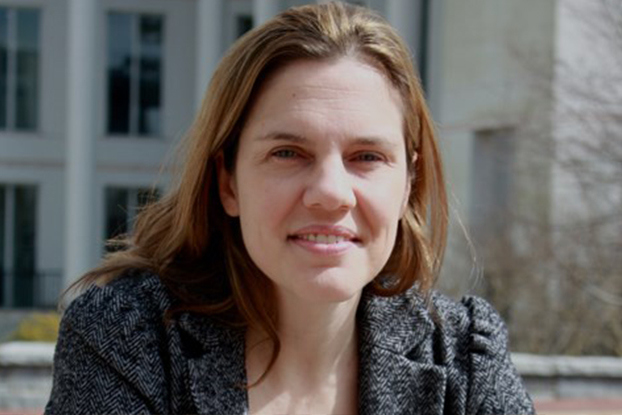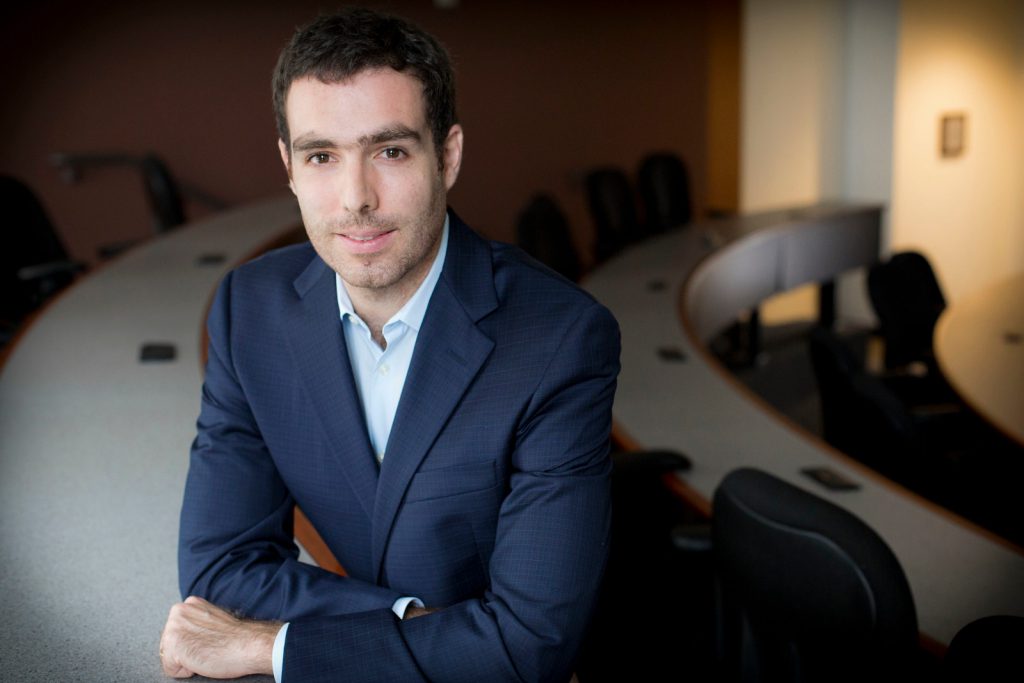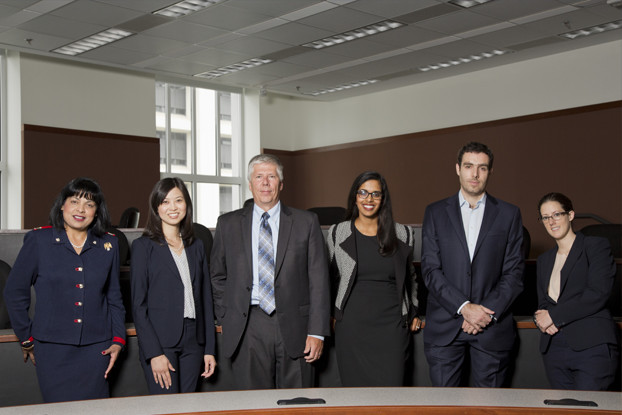Goizueta faculty, using rigorous methodologies, focus on researching important problems that affect the practice of business. The following is a sample of recently created new knowledge. To learn more, please visit goizueta.emory.edu/faculty.
Recessions also hurt race relations

Economic downturns aren’t just bad for businesses and households. Recessions tend to spur heightened animosity towards Black Americans in the U.S., and this not only drives social inequality but can significantly impair the outlook for Black professionals. These are the troubling findings of research published in Psychological Science by Goizueta’s Emily Bianchi, associate professor of organization & management, and Erika Hall, assistant professor of organization & management. They ran a number of studies to capture people’s responses and shifts in attitude during periods of recession. They also looked at the impact on professional success for Blacks in areas like the arts and politics. What they found is that when times are hard, White people feel more negatively towards Black people and are more likely to stereotype or compartmentalize them. They’re also more prone to seeing racial inequity as acceptable and even “natural.”

Similarly, Black politicians and musicians were less likely to fare well in congressional elections and in the Billboard charts. Bianchi and Hall’s research is striking in that it explores the more nuanced and subtle forms of racism that manifest when communities face financial downturns. It suggests there is a certain fluidity in attitudes towards race that can be shaped by changes in our economic and social context — which may also help explain, at least in part, why Black people are particularly hard hit in times of recession.
Whose side are you on?

Protest marches grab headlines. But while heightened visibility for a cause might be good news for the social movement in question, the trade-offs for other affiliated organizations may not stack up so positively. So says a recent article in Organization Science by Giacomo Negro, professor of organization & management at Goizueta. Together with Stanford University’s Susan Olzak, he put together a data set of pro-LGBTQ protest events staged across a range of U.S. cities over 20 years to gauge how these events impacted local organizations — social movement groups on the one hand, and on the other, more loosely affiliated organizations like local businesses with customers and stakeholders both in and outside of the LGBTQ community. What they found was that greater participation in pro-LGBTQ protests lowered the market viability of these neutral organizations. Negro puts this down to having to “choose sides” and being less effective at addressing the needs of multiple audiences in the presence of polarizing events such as protests. Protests by nature pose a type of challenge to society, so people associated with the cause motivating the protest have to take a clear side or stance, explained Negro. And the visibility protests generate comes at a price for any participating organization that engages distinctly different stakeholder groups, from customers or clients to employees. If one group endorses a controversial issue, another can shun it. These insights come at a time when U.S. firms are increasingly involved with social causes, from human rights to race and gender issues. They will need to balance the pros of visibility against trade-offs in terms of their stakeholders.
IoT boosts online sales

The Internet of Things (IoT) is a system of smart devices or objects that are connected to the internet — objects that “talk” to each other and that can be combined with automated systems to gather and analyze information. IoT technology is making waves in business today because of a slew of benefits that range from rich data collection, enhanced security and reduced operation costs to enhanced customer-centricity. One space benefitting from the use of IoT is e-commerce. And a forthcoming article in Information Systems Research by Goizueta’s Panagiotis “Panos” Adamopoulos and Vilma Todri, both assistant professors of information systems & operations management, suggests that forward-thinking retailers would do well to understand the advantages of using IoT as an alternative purchase channel for consumers.

Together with NYU’s Anindya Ghose, they tracked sales data from a major multinational online retailer using IoT to automate purchasing and consumers’ convenience. They found that implementing the new technology led to significant statistical and economic gains for the company thanks to increased automaticity and more favorable mental accounting that made these products “easier to consume.” Interestingly, these gains were particularly associated with certain product characteristics, helping retailers determine effective future IoT strategies. As businesses continue to waiver about adopting IoT because of technical challenges that surround its implementation, these findings should provide interesting food for thought.
Learn from experience (just make sure it’s someone else’s too)

Businesses and business managers grow and develop because we learn. We learn from our performance metrics and KPIs — they tell us what we do well and not so well. But it’s challenging. For a start, there’s the issue of the metrics themselves. In today’s complex, fast-changing environment, it can be hard to pin down our KPIs with total accuracy. Then there’s the question of how we learn. Is it better to learn from our own firsthand experience — or from others’? Kristy Towry, John and Lucy Cook Chair and professor of accounting, and colleagues Jongwoon “Willie” Choi 11PhD, Gary Hecht, and Ivo Tafkov 09PhD have explored the science behind learning and decision-making in heightened complexity, and their new paper in The Accounting Review finds that when KPIs are messy, managers learn far better when that learning is vicarious, in other words, when we learn from each other and share our learning. And that’s because vicarious learning helps us to see the bigger picture, the trends and the patterns, Towry said. Learning from our own experience alone tends to make us over-focus on what’s happened most recently and what’s immediately in front of us and miss the greater scheme. The challenge, then, to businesses that want to accelerate their growth is to break through the silos and proactively look for ways to share knowledge, explained Towry. Learn from experience by all means. Just make sure it’s other people’s experience too.
Putting a value on peer pressure

Our colleagues can exert some influence over different aspects of our careers and even our private lives. There’s nothing too surprising about that. However, new research published in The Review of Financial Studies by Associate Professor of Finance Gonzalo Maturana should give households and businesses alike pause. When it comes to making big purchasing decisions — whether or not to refinance our mortgage, say — we could be more susceptible to positive peer influence than we realize. Maturana and Jordan Nickerson from MIT Sloan School of Management leveraged publicly available employment records — public school teachers from Texas — and unearthed something stunning: where there was notable mortgage refinancing activity in a peer network, individuals within that network were 20.7% more likely to refinance their own mortgage and access positive savings. And that’s not all. The peer effect also helped shape individuals’ choice of mortgage lender. And critically, the more savings they were likely to make by refinancing, the more of this activity there was across the peer group. These peer dynamics should be on the radar of policy makers looking to incentivize mortgage refinancing and to drive household liquidity, said Maturana, as well as banks who want to drive their customer base growth responsibly. The latter could leverage the multiplier effect of peer dynamics to make sure that valuable information on mortgage rates reaches more households more efficiently.
Is breakthrough innovation always a team sport?

If you’re looking to innovate, conventional wisdom says you need to build a team. You only get the breakthrough ideas when you have different people working together, collaborating and sharing knowledge, right? Not necessarily, says Tian Chan, assistant professor of information systems & operations management at Goizueta. Chan and colleagues put together a study, published in IdeaWatch, that reveals something striking: in certain circumstances, individuals can be just as effective as teams in creating breakthrough innovations. It all depends on how easy it is to break down your invention into different components or modules, he said. With design patents that cover innovations on the way something looks — think the iconic curved bottle of a Coca-Cola or Apple’s sleek iPhone — innovations tend to be holistic and don’t easily divide into chunks, and a team might get bottlenecked by coordination or communication issues. With utility patents that cover innovations on the way a product functions, you can have inventions that are very modular (such as the Dell PCs) to inventions that are hard to break into components (such as the internal combustion engine). So here, teams do tend to do better than individuals. His advice to business? If you want to increase your chances of a breakthrough, align your human resources and collaboration structures around the type of invention in your sights. But don’t assume you always need a team.











